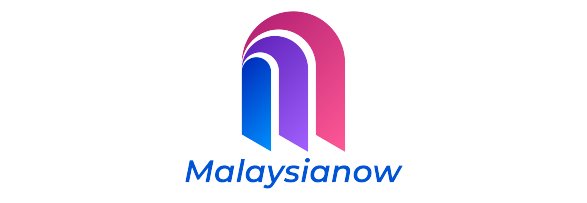
NEW YORK: In total, the world was home to 2.8 million children and adolescents living with HIV and 1.3 million pregnant women living with HIV in 2019. The UNICEF report highlights regional disparities, as well as the need to step up prevention efforts and treatment for children.
It estimates that 82,000 children under the age of five were infected during pregnancy or birth and that 68,000 were infected during breastfeeding.
With these figures, UNICEF warns that “children are being left behind in the fight against HIV,” and encourages governments to maintain essential healthcare services during the Covid-19 pandemic.
Indeed, the pandemic has further exacerbated inequalities and restricted access to treatments. According to UNICEF, in some countries, pediatric HIV treatment and viral load testing in children declined between 50% and 70% in the months of April and May 2020, when many regions were under lockdown measures.
The same goes for new treatment initiation, which fell by 25% to 50% over the same period. Health facility births and maternal treatment were also reported to have decreased by 20% to 60%. These figures set alarm bells ringing in the fields of prevention and treatment, even if services have picked up again in recent months.
“Even as the world struggles in the midst of an ongoing global pandemic, hundreds of thousands of children continue to suffer the ravages of the HIV epidemic,” said UNICEF Executive Director Henrietta Fore.
“There is still no HIV vaccine. Children are still getting infected at alarming rates, and they are still dying from AIDS. This was even before COVID-19 interrupted vital HIV treatment and prevention services putting countless more lives at risk.”
The United Nations Children’s Fund draws attention to the fact that children, in particular, often seem to be overlooked when it comes to the prevention and treatment of HIV, even before the covid-19 pandemic.
The report reveals that just over half of children worldwide had access to life-saving treatment in 2019, compared to 62% of adults living with HIV and 85% of mothers.


